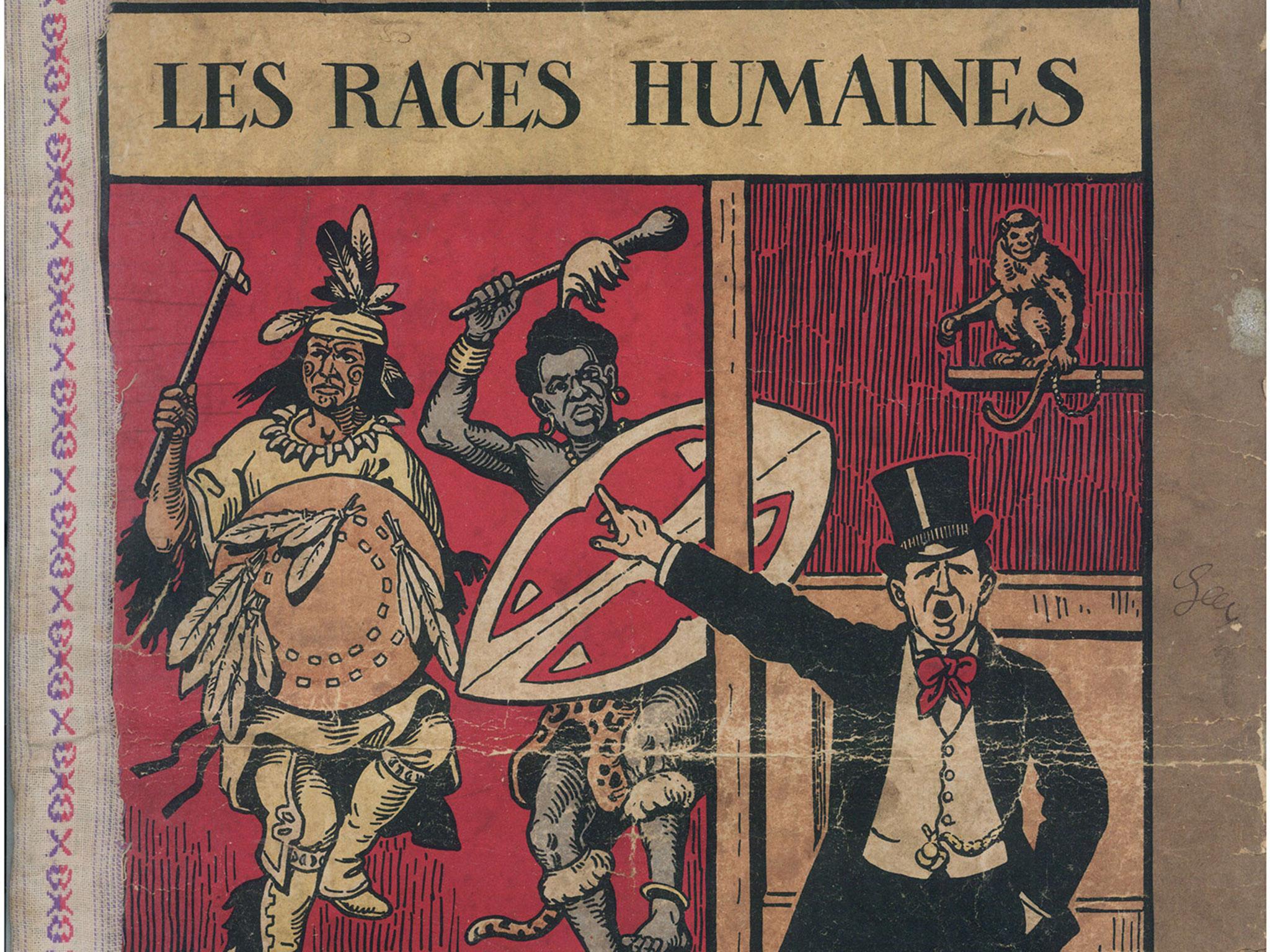The racist human zoos that time forgot
Posters and photographs from so-called human zoos show how people were showcased for entertainment in the not so distant past

Hand-painted Zulu warriors with cartoonish, red lips and grinning tribes people: these are among the images used on posters to attract members of the public to “human zoo” exhibits held just a handful of decades ago.
The startling images of people of colour put on display for entertainment are part of the Human Zoos: Putting People on Display exhibition currently running in Liverpool.
Human zoos were most popular during the late 19th and early 20th centuries. While they were foremost forms of entertainment, such events were based on false and racist "science", and helped to justify colonialism and hierarchies among ethnic groups, explains Charles Forsdick, Professor of French and leadership fellow of Translating Cultures at the University of Liverpool.
Human zoos - in pictures
Show all 6The phenomenon can also be traced back to victory parades in the ancient world when conquered peoples would be displayed in a show of pride by the winning side, argues Professor Forsdick. Their modern roots lie in the Renaissance period, when the first sustained and significant contact was made between European and non-European cultures.
Scroll through the gallery below to see shocking materials from the exhibition
“As such, they belong to a tradition of human curiosity about people different from ourselves, an impulse that racism replaces with various forms of fear and hatred," suggests Professor Forsdick.
The display in London and Paris of Saartjie Baartman, pejoratively known as the ‘Hottentot Venus', and Hamburg zoo owner Carl Hagenbeck's travelling human shows are among the most famous examples.
As cinemas and anti-colonial sentiment grew during the period between the First and Second World Wars, the popularity of human zoos waned. Yet, they continued to be featured in expositions and world’s fairs until the late 1950s.
More recently, the Bamboula Village in 1994 - where a biscuit company worked with a wildlife park near the French city of Nantes to recreate an ‘authentic African village’ - the ‘African village’ at Augsburg Zoo in Germany in 2005, and the Baka Pygmies exhibited in the Rainforest natural park in Yvoir, Belgium, in 2002, are arguably throwbacks to human zoos, suggests Professor Forsdick.
Now, in a tense global political climate, the photographs and posters of the shows reveal how easily racism can be normalised in popular culture, he adds.
"They show how certain human groups can treat other groups as somehow less human than themselves," he adds: "You are not born a racist, you become one."
The exhibition runs at Kuumba Imani Centre in Liverpool from 17-25 November
Subscribe to Independent Premium to bookmark this article
Want to bookmark your favourite articles and stories to read or reference later? Start your Independent Premium subscription today.
Join our commenting forum
Join thought-provoking conversations, follow other Independent readers and see their replies